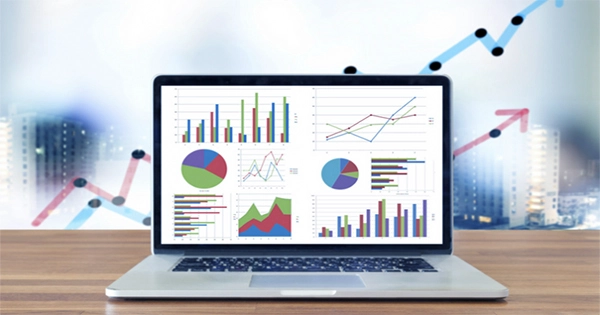The study of a population-based on characteristics like age, race, and sex is known as demographic analysis. Socioeconomic information expressed statistically, such as employment, education, income, marriage rates, birth and death rates, and more, is referred to as demographic data.
Governments, businesses, and non-governmental organizations utilize demographics to find out more about the characteristics of a population for a variety of reasons, such as economic market research and policy formation.
For instance, a business selling luxury RVs may wish to target people who are approaching or in retirement age and increase the proportion of people who can afford their products.
Importance of Demography: The study of individuals and populations is known as demography. However, how do demographic statistics become information that is useful to businesses and organizations?
People frequently ask us for one figure, such as “Can you tell me how many people live in X, Y, or Z?” However, demographics’ influence goes beyond mere facts.
How old is the population of Australia? and other demographic questions assist us to describe and measure features of a population. How well-educated is our culture? Our way of life What are we to do? Most significantly, it enables us to comprehend how we are evolving.
To describe people and places, we can use demographic data as well as other types of information. Demographic tales give data life, making it easier to get insights, put it in context, and show its significance (or lack thereof) across time. These narratives make facts more relatable, more comprehensible, and easier to share. Above all, demographic data and narratives can be used to address challenging issues that businesses confront, such as where to grow or locate. These concerns might not seem to have anything to do with demography, yet demographic data can be spatially exploited to highlight trends that can address these strategic questions.
Analyzing demographic data from the past and present helps us understand how people and areas are changing, and we may spot trends that will help us predict demand in the future. The suburb lifecycle, which is used to explain the movement of individuals within a suburban area through time, is an illustration of a typical pattern people follow. The suburb lifecycle uses a variety of indicators, including building approvals and life stages, to quantify the pattern of human migration within an area. Read our most recent blog post, Where Are the Growing and Slowing Suburbs for School-Aged Children?, to learn more about how this trend manifests.
Using demographic analysis, businesses can:
- measure current and future product and service demand
- find trends to predict where demand will be highest
- Describe the factors driving demand changes.
- Choose the location and timing of your goods and services.
To put it simply, demographic data offers a solid evidence base that businesses may utilize to plan for the future.
















